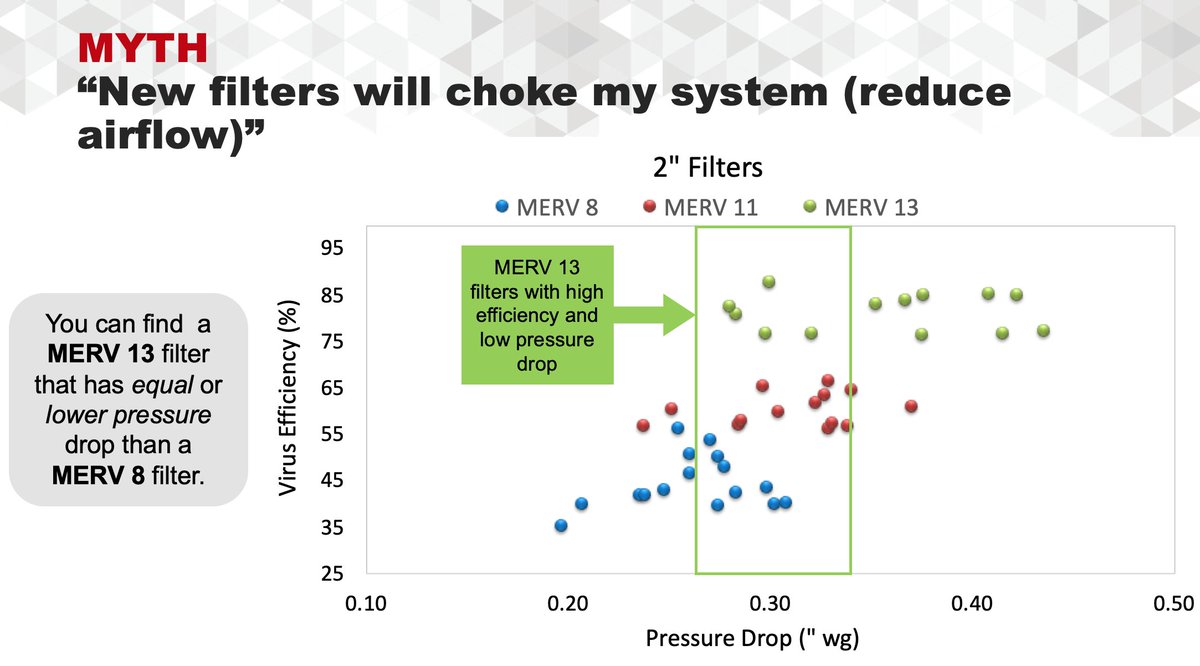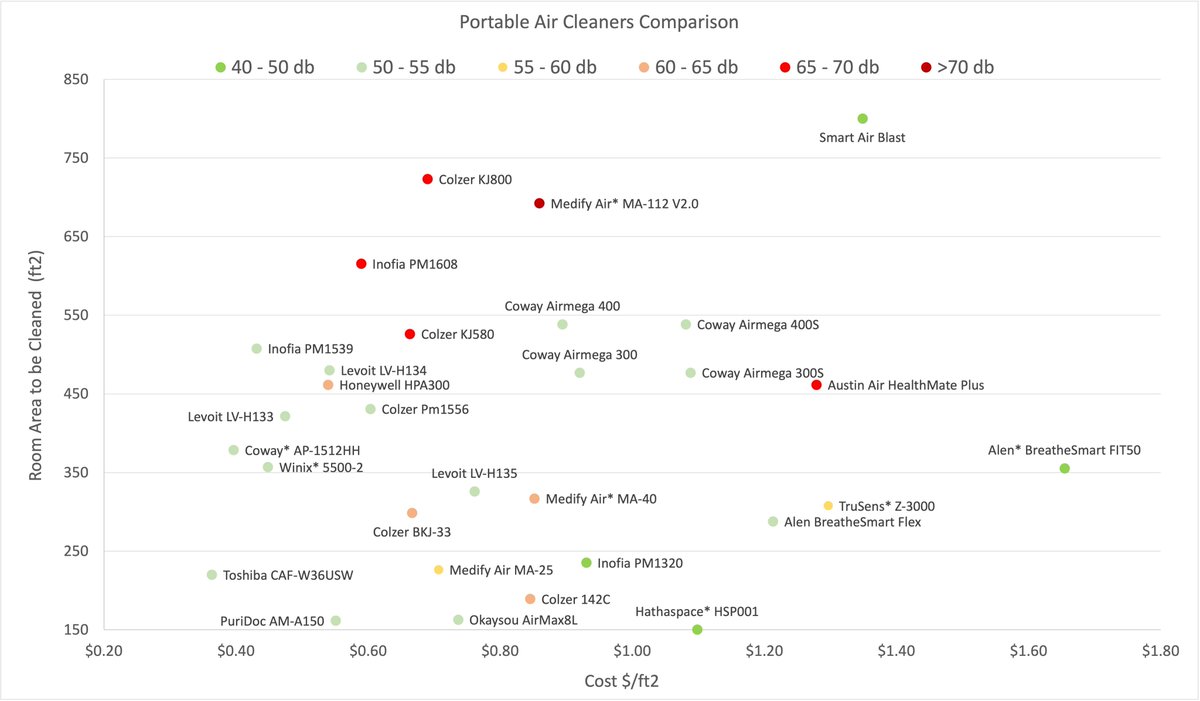
Check here for a Step-by-Step guidance how to choose an ionizer or a UV+catalyst device. Follow these simple 3 steps for proper selection! 

Step 1: STOP 🛑 do not do it. Do not think about it. At best It does not work, at worst it produces harmful by-products.
Step 2: focus only MERV 13, Outside air, portable HEPA filtration, properly designed UVGI.
Step 3: reread Step 1.
• • •
Missing some Tweet in this thread? You can try to
force a refresh











